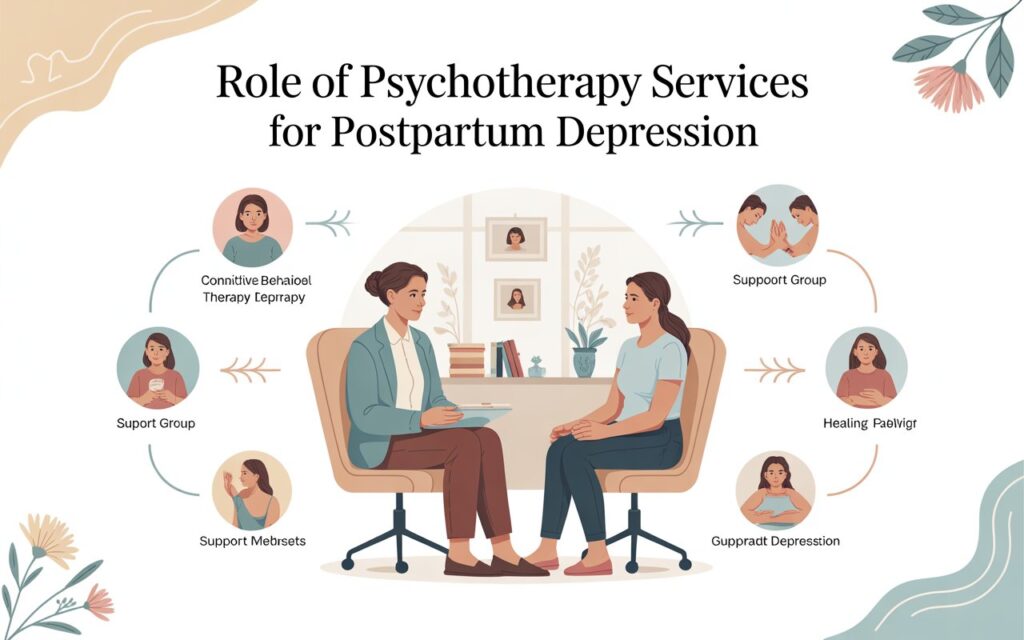Many children struggle at school, not because they aren’t trying, but because they can’t see clearly. While poor eyesight is an obvious barrier to learning, many hidden vision problems can go unnoticed for years. These subtle issues may affect how a child reads, focuses, or tracks moving objects, essential for classroom success.
Regular eye exams can help detect and manage these challenges early on. A routine Eye Test in Temple Fortune is vital for checking eyesight and can reveal vision-related barriers to learning that are easy to miss in a general health check.
How Vision Problems Impact Learning
Clear vision is about more than seeing the board. Good visual function includes several skills, such as eye tracking, focusing, coordination, and depth perception, that are vital for reading, writing, and participating in lessons.
According to the College of Optometrists, around 1 in 5 school-aged children in the UK have an undiagnosed vision problem that may affect their education. These issues often mimic other learning difficulties, such as dyslexia or attention disorders, making them harder to identify without a proper eye exam.
Common Vision Problems That Affect Learning:
- Refractive Errors:
- Conditions like short-sightedness (myopia), long-sightedness (hyperopia), and astigmatism can make reading text up close or seeing distant writing on a board difficult.
- Amblyopia (Lazy Eye):
- This condition can result in one eye being weaker than the other. Left untreated, early childhood conditions may lead to permanent vision loss in the affected eye.
- Strabismus (Squint):
- Misalignment of the eyes can interfere with depth perception and coordination, making reading and sports more challenging.
- Convergence Insufficiency:
- Difficulty with the eyes working together at close distances can cause headaches, double vision, or trouble concentrating when reading.
- Binocular Vision Disorders:
- Problems with how the eyes team together can affect reading fluency, accuracy, and comprehension.
Signs Parents and Teachers Should Watch For
Children rarely complain about vision problems because they may not realise their vision is different from normal. Adults around them need to look out for signs such as:
- Holding books very close to the face
- Squinting or covering one eye
- Frequently losing their place while reading
- Avoiding near work or reading aloud
- Headaches or eye strain after school
- Poor hand-eye coordination
Many of these symptoms may not immediately be associated with a vision issue. However, a detailed eye examination can determine whether a visual deficiency contributes to learning difficulties.
An Eye Test at Temple Fortune, carried out by a qualified optometrist, can check the clarity of vision and how the eyes function as a team. These functional assessments are especially important for children falling behind academically or struggling with focus.
The Importance of Early Detection
Early detection is critical because children’s visual systems are still developing. Many conditions, like amblyopia, are far more treatable in early childhood. The NHS recommends that all children have a complete eye exam at least once between the ages of 4 and 5, before they start primary school.
Unfortunately, if done at all, school vision screenings may only check for distance vision and not more subtle functional problems. That’s why a complete eye exam by a trained optometrist is essential.
These exams can also uncover signs of broader health issues. For example:
- Diabetes: Swelling or bleeding in the retina may be an early sign of diabetic eye disease.
- Hypertension: High blood pressure can cause visible changes in the eye’s blood vessels.
- Neurological conditions: Eye movement abnormalities or visual field loss may point to issues within the brain, such as a tumour or neurological disorder.
The American Optometric Association (AOA) and the NHS both recognise the value of regular eye exams in supporting overall child development and monitoring general health.
Addressing Vision Problems in Children
Once diagnosed, many childhood vision problems can be corrected or managed effectively:
- Glasses can improve clarity and focus
- Patching or atropine drops can treat amblyopia
- Vision therapy or exercises may help with eye coordination issues
When these interventions are introduced early, they can dramatically improve visual comfort, academic performance, and self-confidence.
Families can access routine eye exams through NHS services or local practices. For example, Optikal Opticians offers comprehensive eye care for children and adults, helping ensure early intervention for both vision and general health concerns.
Conclusion
Hidden vision problems are more common in children than most people realise. Left undetected, they can silently affect a child’s ability to learn, read, and thrive in school. With timely and thorough eye tests, these challenges can often be resolved or managed before they cause long-term setbacks.
Parents, teachers, and caregivers all play a role in spotting signs of vision trouble. However, the trained eye of an optometrist can make the most significant difference. Ensuring your child has access to regular, comprehensive eye care is one of the most important steps you can take to support their education and health.









